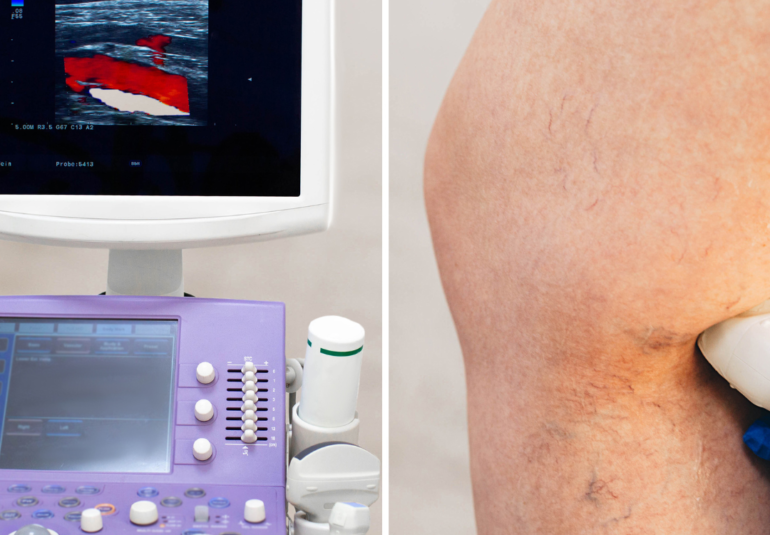
Introduction
Obesity is a growing health concern worldwide, affecting millions of people of all ages. It is widely known that obesity increases the risk of various chronic conditions such as heart disease, diabetes, and high blood pressure. However, what many people may not realize is that obesity also plays a significant role in the development of vein diseases. In this blog, we will explore the connection between obesity and vein diseases, shedding light on the impact of excess weight on vein health.
Understanding Vein Diseases
Vein diseases encompass a range of conditions that affect the veins, particularly in the legs. Two common vein diseases are varicose veins and deep vein thrombosis (DVT). Varicose veins are enlarged, twisted veins that often appear bulging on the surface of the skin, while DVT occurs when a blood clot forms in a deep vein. Both conditions can cause discomfort, pain, and potentially serious complications if left untreated.
The Impact of Obesity on Vein Health
Obesity places added stress on the body, and the veins are no exception. Here are some ways in which excess weight contributes to vein diseases:
- Increased Pressure on Veins: Excess body weight puts additional pressure on the veins, particularly in the lower extremities. This increased pressure can lead to weakened vein walls and valves, making it harder for the veins to efficiently transport blood back to the heart.
- Hindered Blood Flow: Obesity often leads to reduced blood flow due to compromised circulation. The accumulation of fatty deposits in the blood vessels can narrow the passageways, making it more challenging for blood to flow freely. This sluggish blood flow can increase the risk of blood clots and the development of varicose veins.
- Inflammation and Chronic Venous Insufficiency (CVI): Obesity is associated with chronic low-grade inflammation in the body. Inflammation can damage the vein walls, impair valve function, and contribute to the development of chronic venous insufficiency. CVI occurs when the veins are unable to efficiently return blood to the heart, leading to blood pooling, swelling, and discomfort in the legs.
Prevention and Management
The good news is that proactive steps can be taken to prevent or manage vein diseases, particularly in individuals struggling with obesity. Here are some strategies to consider:
- Maintain a Healthy Weight: Losing excess weight can significantly reduce the strain on your veins. Focus on adopting a balanced diet and incorporating regular physical activity into your routine. Consult with a healthcare professional or nutritionist for personalized guidance.
- Stay Active: Engage in exercises that promote blood circulation, such as walking, swimming, or cycling. Regular physical activity helps to strengthen the muscles in your legs, aiding in efficient blood flow and reducing the risk of vein diseases.
- Wear Compression Stockings: Compression stockings provide gentle pressure on the legs, promoting better blood flow and preventing blood from pooling in the veins. They can be especially beneficial for individuals with obesity and those who spend long periods sitting or standing.
- Elevate Your Legs: Whenever possible, elevate your legs above heart level to encourage blood flow back to the heart. This simple practice can help alleviate swelling and reduce the risk of vein diseases.
- Seek Medical Evaluation: If you notice symptoms such as leg pain, swelling, or visible varicose veins, consult a healthcare professional. They can assess your condition, recommend appropriate treatment options, and provide guidance on managing vein diseases in relation to your weight.
Conclusion: Understanding the connection between obesity and vein diseases is crucial for both prevention and management. By adopting a healthy lifestyle, maintaining an appropriate weight, and seeking professional guidance, you can reduce the risk of developing vein diseases or alleviate symptoms associated with existing conditions. Remember, taking care of your vein health goes hand in hand with overall well-being, contributing to a healthier and more active life.

